This is a lovely bit of design. I’m not sure whether I’m more envious of someone who has so much Lego, or someone who has so much time to play with Lego…
Category Archives: Gadgets & Toys
Mostly Armless
Here’s a completely unsolicited recommendation for a product I just happen to like quite a bit and have been using for many years.
Having been fortunate enough to have excellent eyesight for the first four and a half decades of my life, I found that, as for so many people, things started to go downhill from there. One of the first things I discovered was that reading in bed was decidedly tricky, especially if, like me, you like lying on your side, and the arms of your reading glasses are mashed into the pillow.
“Aha!”, I thought, “There’s a solution for this. I need some pince-nez!” And I tried experimenting with antique ones purchased from eBay, or cheap ones found elsewhere online. One of my early YouTube videos, nearly eight years ago, was about using them inside a cheap VR headset! But they were never very satisfactory.
And then I came across a French company named Nooz. They now make a variety of different reading glasses, but it was the Nooz Originals that caught my eye; the pince-nez du jour, available with 5 different strengths from +1 to +3, and with a nice soft silicon bit to grip your nose.
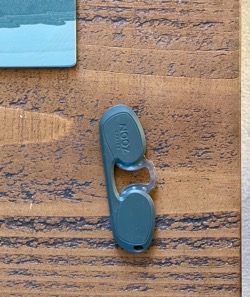
They come in a pretty indestructible case which fits easily in your pocket or on your key ring, if you don’t, like me, just leave them on the bedside table. Because one thing I can guarantee is that you won’t look quite as good wearing them in public as the models on the Nooz website. Or at least, I won’t!
But optically, for a 20-quid pair of plastic glasses, they work really quite well, and they solved the reading-in-bed problem perfectly for me: I’ve used them ever since.
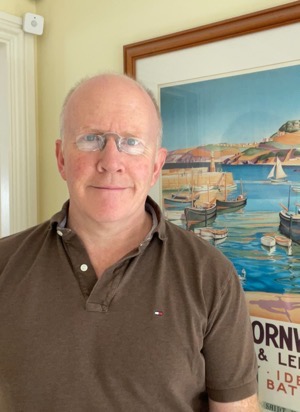
Now, where are my lorgnettes?
Telephonic nostalgia
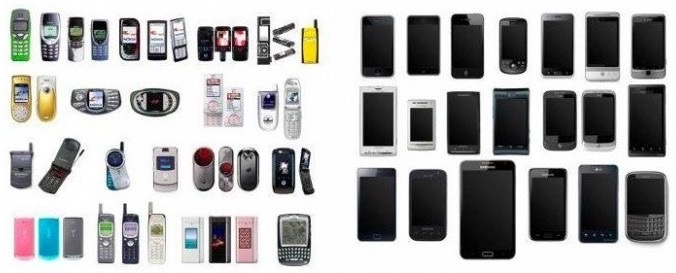
Mobile phones, before and after the iPhone. An image by Josh Heifferich from 2012.
An email today from my American friend Henry Happel included several photos from their visits to us over the years. Lots of happy memories!
One thing that jumped out at me in a couple of the pictures, though, was that my smartphones were clearly visible. Not, as might be the case nowadays, because everyone was perpetually gazing at the things, but because I carried them on my belt, or some other convenient external location:
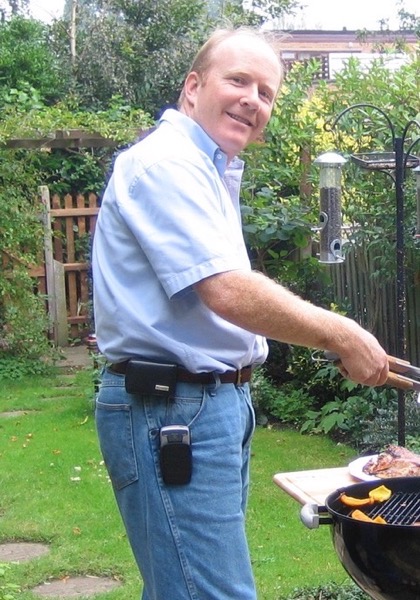
That’s a low-slung Blackberry 7100t, which was an exceedingly fine device. It had a pleasing phone-like shape because, unlike many other Blackberries of the time which were full-qwerty-keyboard landscape-orientation devices intended only for email and messaging, this was a phone too and had a keyboard half-way between a traditional phone and a qwerty one:
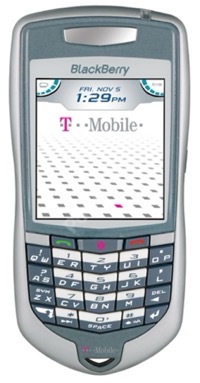
As I recall, it worked exceedingly well and was very nicely made. External technology changes outdated it pretty quickly, but I still think of it as one of the better gadgets I’ve owned.
Note too, of course, that phones didn’t include a camera back then, so I also have one of those on display on my belt. It’s probably a Canon Digital IXUS.
And it wasn’t just geeks like me who valued the usefulness of the phone-holster over any compromises in sartorial elegance. A review of the 7100t at the time talks about how an earlier Blackberry device ‘seems to be finding its way onto the belts of business users around the world.’ Mind you, perhaps most business users concealed it somewhat beneath their jacket…
Anyway, those were the days when phones actually changed significantly from year to year, and shortly afterwards, I could be seen sporting a Nokia E61.
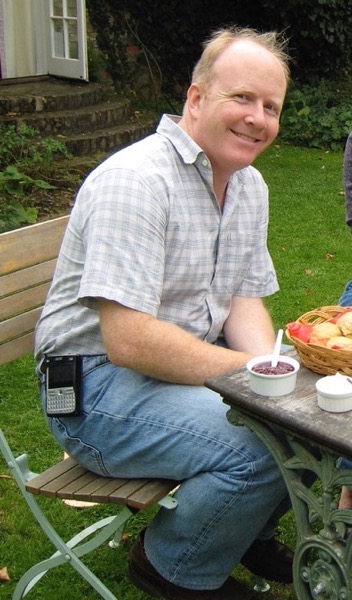
(Amongst other things, this was, I think, the first phone I had which was capable of connecting to WiFi.)
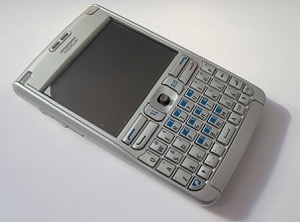
It, too,was generally attached my belt, despite the fact that it was significantly smaller than my current iPhone (except in thickness, where the iPhone wins by a few millimetres). Were our pockets actually smaller back then?
I guess we hadn’t yet discovered that the main reason for having pockets in the first place is to carry your phone! We used to need pockets for things like car keys and wallets, but I’m about to head off to the supermarket and my phone will perform both of those functions for me, so my pockets are otherwise pretty much unencumbered.
Still, if you find yourself directing a period drama set between about 2000 and 2007, you might want to add some realism by picking up from eBay a few of these relics of a bygone age… even if they’re only part of the costumes.
Mustelidae
I’ve just started playing with one of those ‘trail cams’ or ‘camera traps’. You attach it to a tree or similar and it captures movement using an infrared camera sensor, and illuminates the scene with a number of IR LEDs on the front. These cameras are not particularly expensive, and I think it’ll be quite fun.
My first attempt in the wood next to our driveway didn’t quite have my subject facing in the direction I’d hoped! I also spotted several rabbits and a muntjac, but mostly I got clues as to where I should put the camera next to capture more of the nocturnal social life. Coming soon, I hope…
This bowled me over!
Have you ever wondered how the machines at the end of a bowling alley work? Well, probably not very much, because you’ll have other things on your mind like defeating your friends and family.
But it turns out that they’re terribly cunning.
I’m not sure who impresses me more: the inventors of the machines, or Jared Owen, who created this animation explaining them.
Row, row, row your boat…
At the Southampton Boat Show yesterday, I spotted lots of fun things that, while I might not purchase, I would certainly like to try!
One of them was an inflatable boat with a proper sliding seat for rowing. But the oars had a funny mechanism in the middle that I couldn’t quite fathom.
Was this so they could fold up? To give them a higher gearing? To put the handles at a more efficient angle…?
Than I realised. It means you can face forward.
(Direct link).
Zoom calls of the past
Rose is moving from her current college office to a new one. In the bottom of a drawer, she found a Zoom modem.
For younger readers, this is a 56K modem, which means that on a really good day, you could transfer data to and from the network at 56 kilobits per second: that’s about 6 kilobytes/sec, once overheads are taken into account. This was pretty much the peak of telephone-based internet access, until ADSL came along.
Also in the same drawer was a floppy disk, which holds around 1.4MB. (I used to boot my first Linux system off one of these.)
So, to transfer the contents of this disk to the network using the modem, if you had a good reliable phone line, would take you about 4 minutes.
Now, the two originals of the photos above, which I snapped with my iPhone, between them take 7MB, or about 5 of those floppy disks, so to send the two still images would have taken around 20 minutes. (Not that we had digital still cameras at all back then, of course.)
This is why, when James T Kirk makes a call from his quarters to the bridge of the Enterprise, it’s almost always an audio call, and on the rare occasions when video is involved, they make sure they show you – it was such a wildly futuristic idea, even within the same starship!
Nobody, even on Star Trek, was daft enough to suggest he might make such a call from his communicator.
Too busy living’ it…
I remember in the early days of blogging, I was trying to persuade a good friend of mine that he would be capable of writing a really interesting blog, and his response was something along the lines of ‘Too busy living it to blog it!’ I wasn’t quite sure what to think of that. Was it an enviable, or pitiable, state?
My posts on Status-Q (now approaching its 21st birthday) have always been somewhat bursty and sporadic, and I notice that it’s nearly a month since my last one. I sometimes feel inferior to friends who produce impressive output every single week or even day (though I suppose many of them are not so much writing new content themselves as linking to valuable pieces elsewhere, which is something I generally tend to do a bit less because they do it much better than me!)
So blogging for me is something that generally happens when I have enough interesting stuff going on to write about, but not so much that there’s no time to write! My long-suffering readers just put up with the unpredictability. And this last month has been surprisingly busy, both with work and play, but a lot of the latter… so here are a few quick phone snaps and bits of news, to catch up…
Big boats…
Since the last post, Rose and I went on an RYA sailing course – the first for her and the second for me – and spent a few days living aboard a very fine 35ft boat. Here’s Rose at the helm, heading out to sea:
and we also enjoyed some night sailing on the River Stour:
And little boats…
At the other extreme we’ve been exploring the North Norfolk coast and its challenging tidal currents in our little inflatable boat with its electric outboard, getting up very early to set out with enough water from Morston Quay…
Popping out to see the seals on Blakeney Point:
before heading back inland towards Blakeney…
with the help of local signposts:
…and passing some of the pleasing local craft on the way.
Blakeney high street, which we had wandered down to a favourite restaurant the previous night…
was now our destination port…
and such is the height of the spring tide down at the quay that we could just sail into the carpark and tie up to a bollard there.
The quay soon became crowded with people enjoying jumping in to the warm, voluminous and fast-flowing river, which normally meanders much more sedately through substantial banks of mud and sand.
We walked back along the coast path to Morston, picked up the car, and brought it back to Blakeney, had a coffee and sausage roll for breakfast at the nearby cafe. After that, the rapidly-drying car park was once again full of cars, and we could roll up the boat and take it away.
Tesla travel
Of course, if you’re staying in a campsite, but your car is full of spaniels, boats and outboards, then transporting a tent can be a challenge. I do have a roof rack I can put on the Tesla, but I wasn’t too keen on attaching a heavy tent to my glass roof, nor on the likely effects of the resulting aerodynamics on my range.
Then I remembered that I had once bought a custom-made bag to go on our bike-rack when I was using it with our old campervan. It turned out to be a great way to transport the tent.
When we got to the campsite we removed it and had a normal (albeit boat-filled) car for the rest of the weekend. As always when attaching things to my towbar, though, I did need to adopt a slightly unusual position when using a supercharger on the way home!
An old design with new opportunities?
Next to us in the campsite was a rather interesting folding caravan. We made friends with the owner and discovered that it was a Carousel Slimline, a jolly clever design originating in the 70s and produced, in Norfolk, until just a few years ago. They look like this:
The slimline version of the Gobur Carousel.
Now, if you’re thinking that it looks a bit, well, boxy, remember… that’s what you really want when you’re living inside it. Houses are boxy too. Flat vertical walls and high ceilings are desirable, but you normally have to compromise them because of things like aerodynamics when you’re towing behind a car at high speeds. Not with this.
We were rather impressed, and since the company was just a few miles from the campsite, we went and had a look. They even let me try towing one on the Tesla… which worked very well.
For those interested, I got about 3 miles per kWh on my 18-mile test, as compared to about 4 miles/kWh normally. If that was representative for longer journeys, I would still get over 200 miles before recharging, which is just fine!
Turning this trailer into a liveable space takes about 3 minutes, which is rather clever: consider, for example, the fact that the van contains a wardrobe, and kitchen units, and that the folding point is lower then the kitchen worktops… Here’s how it works.
Sadly, new ones are no longer being built, but some enterprising former employees have got together and have an impressive collection of models available which they buy, recondition, service, resell and so forth. We were both impressed and tempted, but have resisted that temptation… so far.
Here’s the thing, though: there’s a real opportunity for designs like this in the world of electric cars. These are both light and streamlined, and even the slimline one gives you a lot more living space then some other alternatives like the Eriba Puck, the GoPod or some of the sexy teardrop-shaped options on the market. There’s an opportunity for an investor here, I think, to keep a classic alive and to market it as the EV-friendly caravan option for the future.
And lastly…
Combining the themes of boats and electric propulsion, I’m in danger of boring some of my friends by telling them how wonderful I think electric outboard motors are. (I’ve put lots more on one of my YouTube playlists if you’re interested, though.)
But yesterday, my friend Douglas and I sailed our little dinghy down the River Blackwater from the very friendly and welcoming sailing club at Stone St Lawrence and round to Brightlingsea on the River Colne. On the way, we passed the old Radio Caroline ship, which will bring back memories to UK readers of a certain age…
We made it to Brightlingsea, with a little exploration of West Mersea on the way. It’s rather fun sailing 12 miles along the edge of the North Sea in a little 12-foot boat. (That’s nautical miles, of course, so 13-and-a-bit to you landlubbers.)
The harbourmaster kindly let us tie up on the jetty while we went and got a hot chocolate at a local cafe.
Then we headed back, which we knew would have been rather a slow sail because it was into the wind, so we were planning to use the outboard, and this was made really easy by a new accessory I had just got for it. Details are here for those interested.
In the end the wind almost completely vanished, leaving us cruising silently up a glassy estuary towards the sunset as the evening came on. A very pleasant end to the day.
In summary…
It’s hard to believe that this has still, in general, been a normal working month involving lots of other things like trips to the vet, a family funeral, speccing out a solar-and-battery system for the house, lots of software development and some important deadlines for important clients. Fortunately, we’re going away at the end of next week to recover.
Want to know how cameras and lenses work?
This is an amazing page by Bartosz Ciechanowski: a tutorial where you can drag things, rotate things and generally be interactive while learning how cameras work.
A great deal of labour must have gone into this, and it’s also a very impressive demo of what web browsers are capable of these days.
But if cameras aren’t your thing, don’t worry – Ciechanowski doesn’t stop there.
How about watches? Or internal combustion engines? Or…
Well, you get the idea! Pretty impressive stuff.
Thanks to Michael Dales for the initial link.
Encloak Demo
For those interested in the Encloak Hide device that I mentioned a few days ago, you can now see a demo of how it works:
I should perhaps emphasise that this is the basic version; the Encloak Connect and Encloak Pro versions in the pipeline will do rather more.
Just for the avoidance of doubt: I have no commercial relationship with the company; they’re just old friends whose work I respect.
Keep it secret! Keep it safe!
 Some very smart friends of mine have created a rather neat device called EnCloak. It looks and acts just like a normal USB drive, but it can encrypt and decrypt files in cunning ways as you save and retrieve them.
Some very smart friends of mine have created a rather neat device called EnCloak. It looks and acts just like a normal USB drive, but it can encrypt and decrypt files in cunning ways as you save and retrieve them.
“So what?”, you may say, “There are lots of encrypted storage devices on the market.”
Yes, but this one has some particularly smart attributes, most notably that the hardware just uses standard USB file storage operations, so you don’t need any software or drivers on the machine to make use of it. And if you drop it in the car park and somebody picks it up and plugs it in, they’ll just see a small standard flash drive and won’t even know there are also secret files on it without having the appropriate credentials, let alone be able to read them.
Need to take those super-secret exam questions to the publishing company without wanting to trust any intervening networks? Or keep a backup copy of the things you normally store in your password manager, which you could get at anywhere in future without access to that bit of software? This might be the thing for you.
There are lots of other ways to get encrypted data from place to place, so you may not need this. But hey, the printing company may not know about your GPG keys, and the examination board may not want to install your decryption software, and you know the Feds will get at anything you have in the cloud. If they don’t, Facebook will. Besides, gadgets are fun!
Anyway, they’ve been working on this for quite a while; and I saw an early prototype over two years ago, so I can vouch that it worked even back then. Now they’ve just launched a Kickstarter project to fund the initial production run, so you can now sign up for one — either for yourself, or to get your Christmas presents sorted out nice and early for your geeky friends!
House of the Future
Some people may consider my fondness for home automation to be a frivolous pursuit.
Well, let me tell you this…
Tonight, as I left the excellent Chinese take-away a few miles from my house, accompanied by this evening’s dinner, I was able to turn on the hotplate in the kitchen at home, so that by the time we got back, the plates were nice and warm and ready to hit the table.
Let nobody say humanity is not reaping the benefits of scientific progress…
A small section of the touch control panel in my kitchen.
© Copyright Quentin Stafford-Fraser
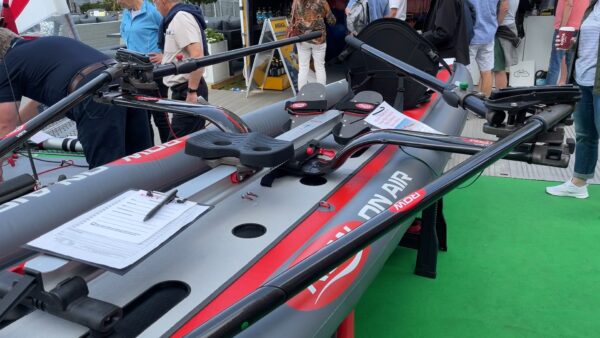
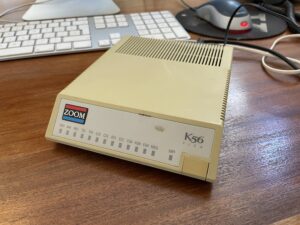
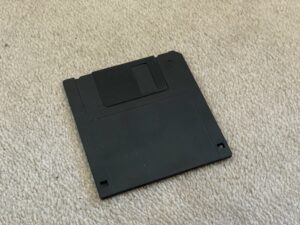
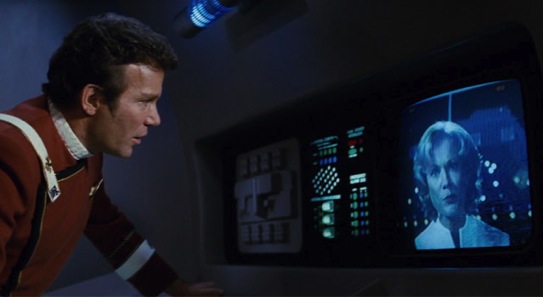
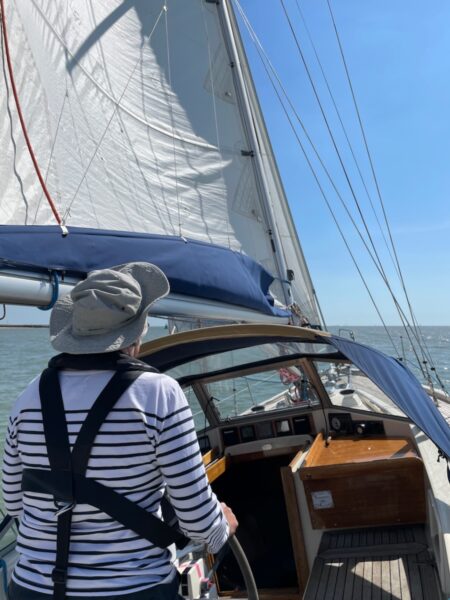
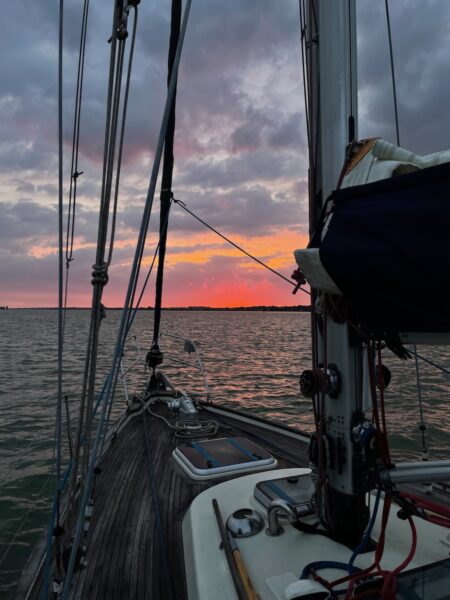

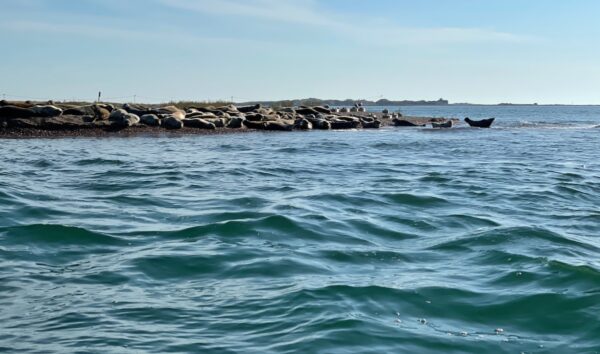
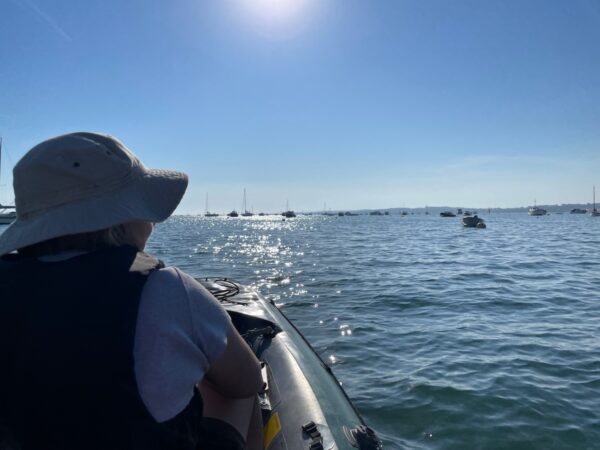
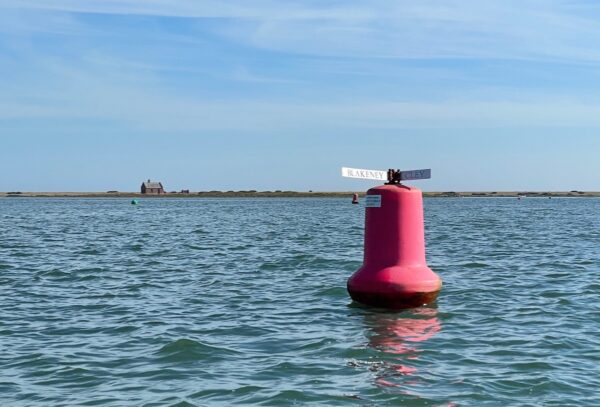
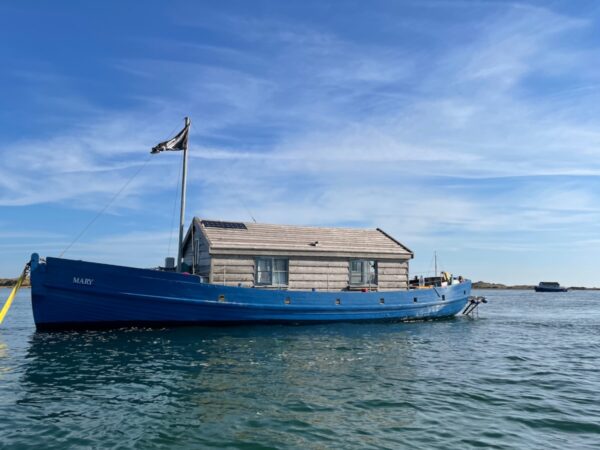
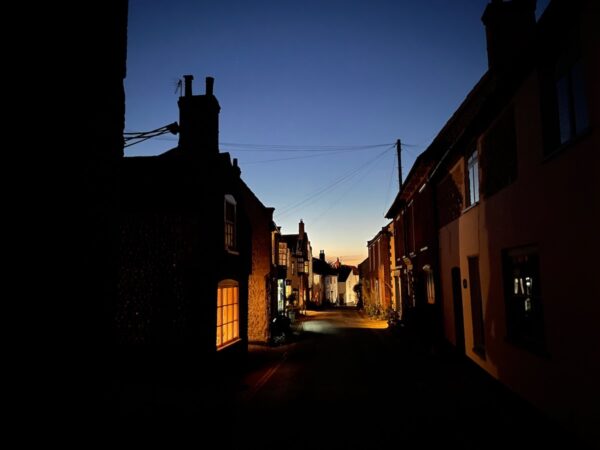
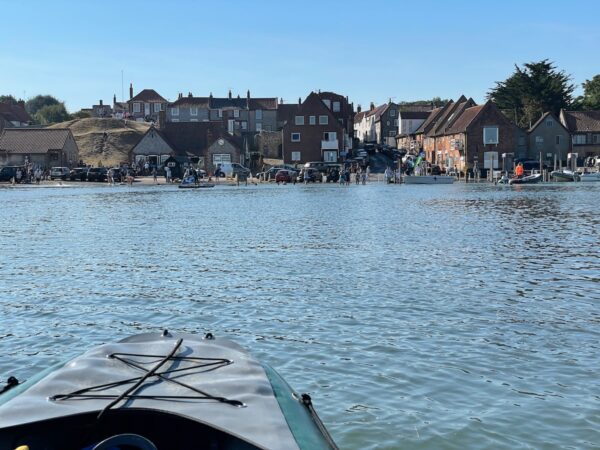
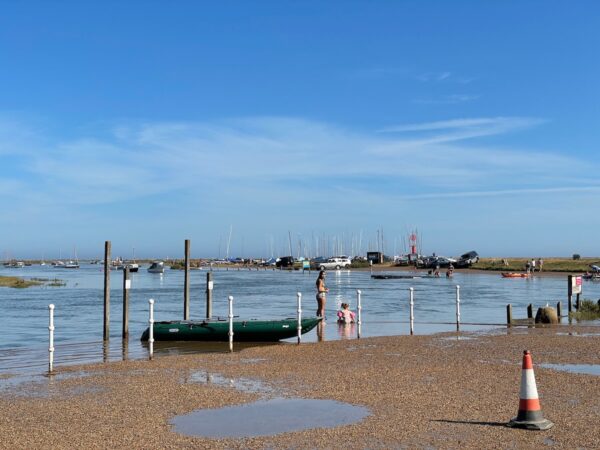
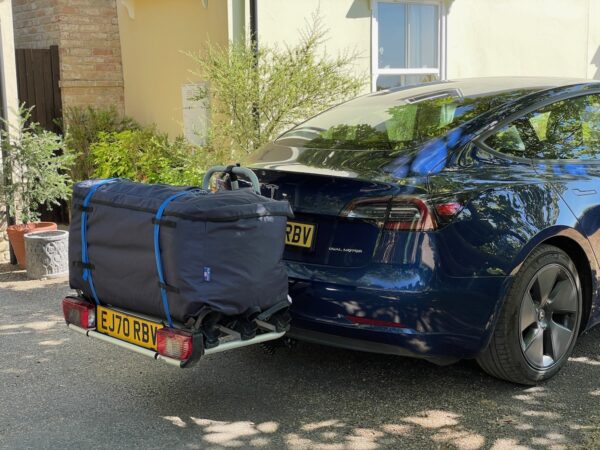
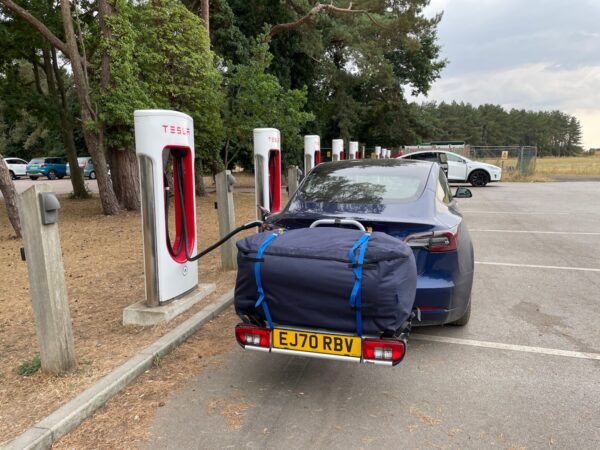
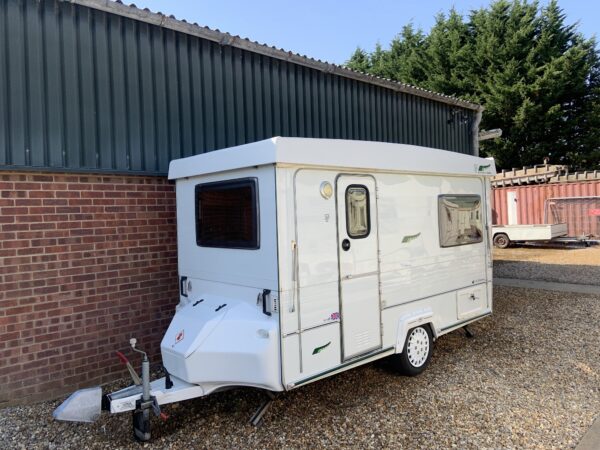
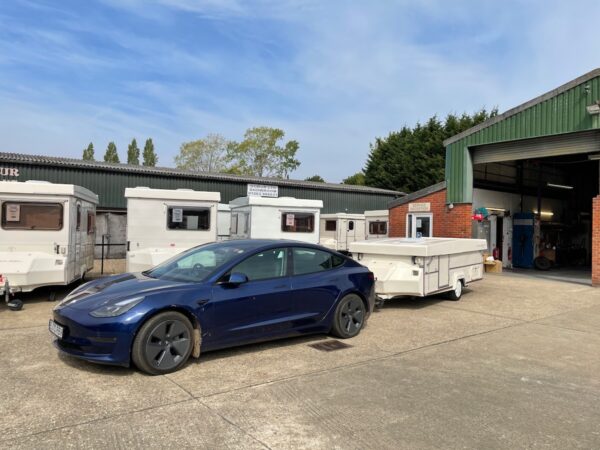
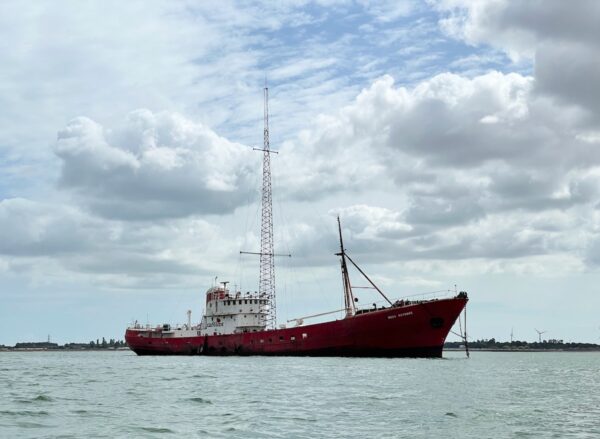
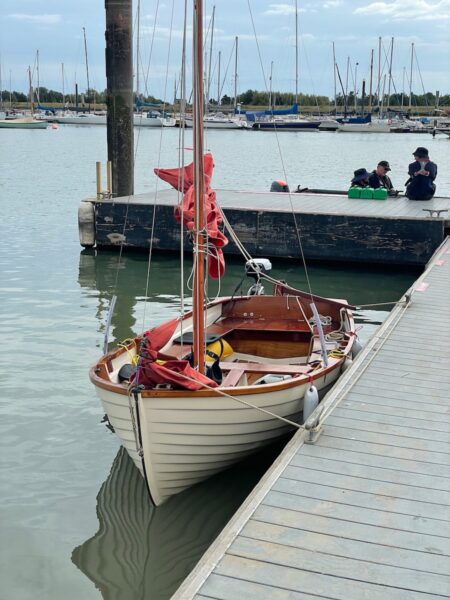
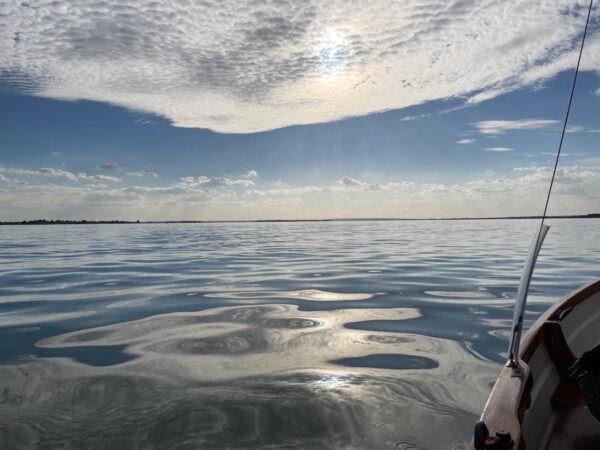
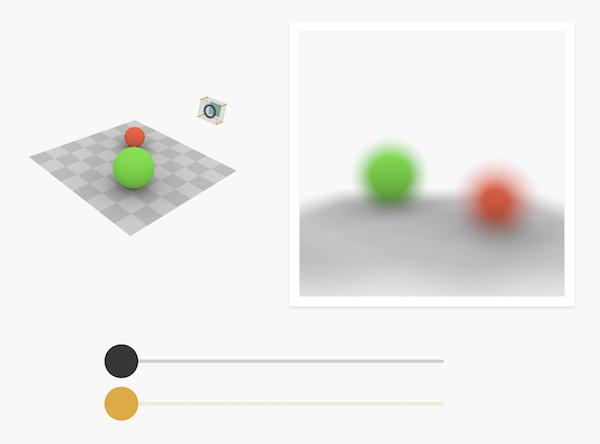
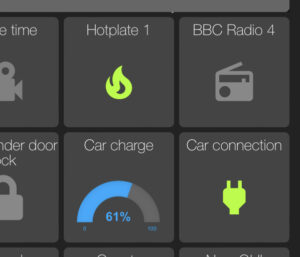
Recent Comments